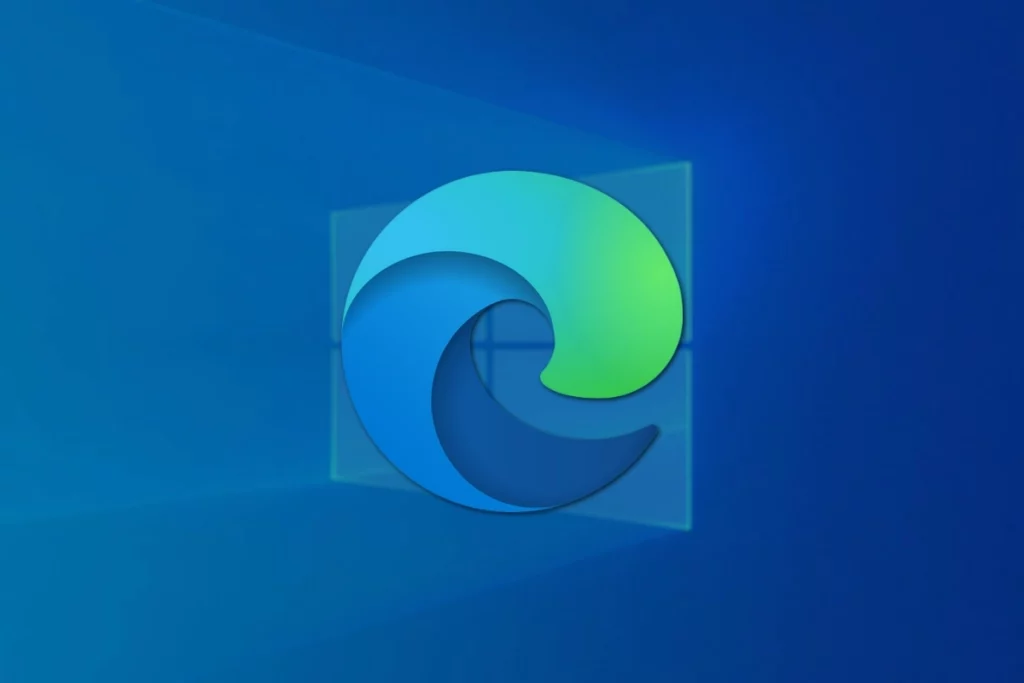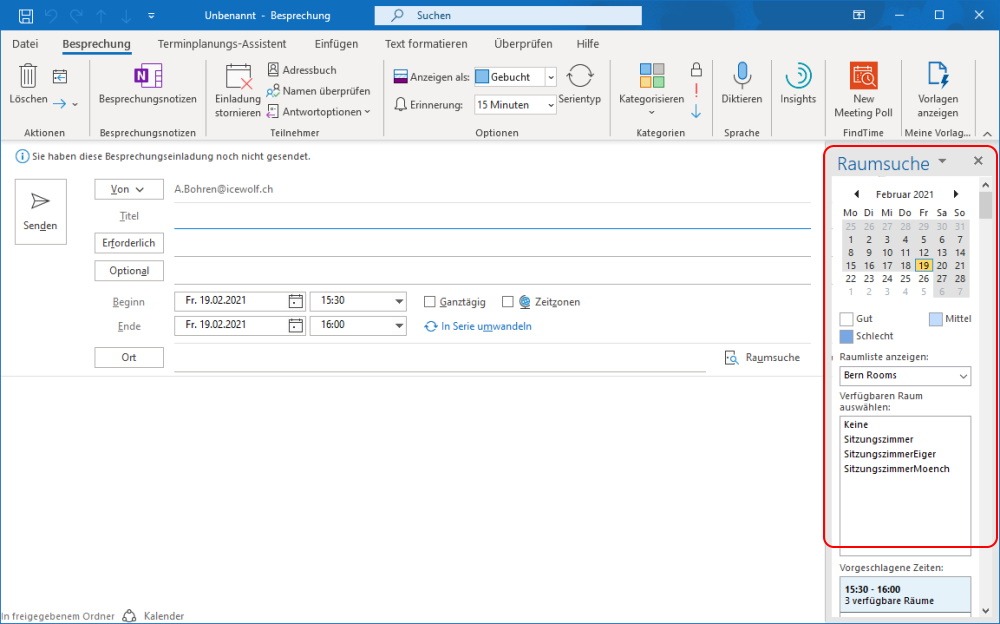Web browsers are a very important and integral part of OSes in this modernized tech world. With the web browser being the portal to access the internet on computers and other devices, it is pretty important that web browsers are available readily for use. With this being the case, all major OSes like Windows, Mac, iOS, and Android provide built-in web browsers to access the internet with ease, and moreover, they allow users to run third-party web browsers to access the internet. With such features, available users can easily make use of the browsers and connect with the internet with ease.

With over half of the computer population using Windows OS to run their computer, the OS needs to be fully furnished and provide all features to the users that are important to function efficiently. With a browser being a very crucial component Microsoft has always included a browser in the OS, so users can surf the internet with ease. Well, in recent times, browsers are not just a portal for accessing the internet but also a tool that allows users to use web-based applications with ease. So, here we are about to discuss the WebView 2 Runtime on Windows 10. So, before we dive deep into the WebView 2 Runtime, let’s check out some basics about Microsoft Edge and its predecessor Internet Explorer.
Recommended Post:- Fixed: Bluetooth Mouse Keeps Disconnecting on Windows 11
When it comes to Microsoft Edge, is a well-known web browser recently introduced by Microsoft for their Windows devices. Edge is a web browser developed by Microsoft. In May 2015, it was released as a standalone operating system called Windows 10. In 2016, its name changed to Microsoft Edge, and it became the default web browser on Windows 10. Since it’s an introduction to the Windows OS, it has been updated and upgraded to provide the best user experience in terms of web surfing. So, to make web surfing better, Microsoft has been introducing new features and improvements that allow users to access websites and web-based applications with ease.
Well, when we speak about Microsoft Edge, mentioning the name of Internet Explorer is pretty important as Internet Explorer was the predecessor web browser that used to be the default browser on Windows OSes before Edge was introduced. Internet Explorer (IE) is a discontinued web browser developed by Microsoft and later acquired by them. IE was first introduced in 1995 as MSN Explorer (MSIE), then renamed Internet Explorer (IE). On November 11, 2009, Microsoft announced they would end active development of IE9, and remove IE8 from the supported browsers list. Internet Explorer had been discontinued by Microsoft as it had a very bad reputation and website developers had shifted to a much more advanced web browser model and internet explorer lost its popularity.

So, to get started with WebView 2 Runtime, let’s get started with what this WebView 2 Runtime is. The WebView 2 Runtime is a simple tool developed by Microsoft to provide access to various tools for developers to develop web applications for the Windows platform. The WebView 2 Runtime provides various tools that can be embedded or incorporated into the development allowing users to run web applications smoothly.
Uses of the WebView 2 Runtime on Windows 10
So, there are several uses for the WebView 2 Runtime, and here is a list of the uses that can be availed by using the WebView 2 Runtime.
- Main Classes: Environment, Controller, and Core: The CoreWebView2 Environment, CoreWebView2Controller, and CoreWebView2 classes function together allowing you to host a WebView 2 browser control and access its browsing features. A large library of APIs is made available for the host application to utilize.
- Native Interop: Web contents can be embedded natively in the applications. The communication between the native code and the web code has been made easier for better features.
- Browser Features: with the WebView 2 control you can easily access browser features on your applications.
- Process Management: Get details about the processes like existing processes and failed processes to take action.
- Navigate to Pages and Manage Contents: To manage the contents on the loaded pages WebView 2 will assist better.
- iFrames: You can embed other webpages into your own webpage. You can manage the embedded pages with ease.
- Authentication: basic authentications can be handled by the WebView 2 controls.
- Rendering WebView 2 in Non-Framework Applications: If you host applications without UI, you can use the API from WebView 2.
- Rendering WebView 2 Using Composition: You can include APIs for composition-based rendering and also use CoreWebView2Environment to create a CoreWebView2CompositionController.
- User Data: you can manage the user data folder that resides on the user machine. The WebView 2 stored data like cookies, cache, and permission.
- Performance and Debugging: You can use WebView 2 to improve performance and debug the code to improve efficiency.
- CDP: This is to inspect and debug chromium-based browsers.

Well, this is everything you need to know about the WebView 2 Runtime.
You can download the WebView 2 Runtime, you can get it from the Microsoft website.
Hope the information provided above was helpful and informative, with this information, you can efficiently use or try the WebView 2 Runtime on your Windows 10 computer.







